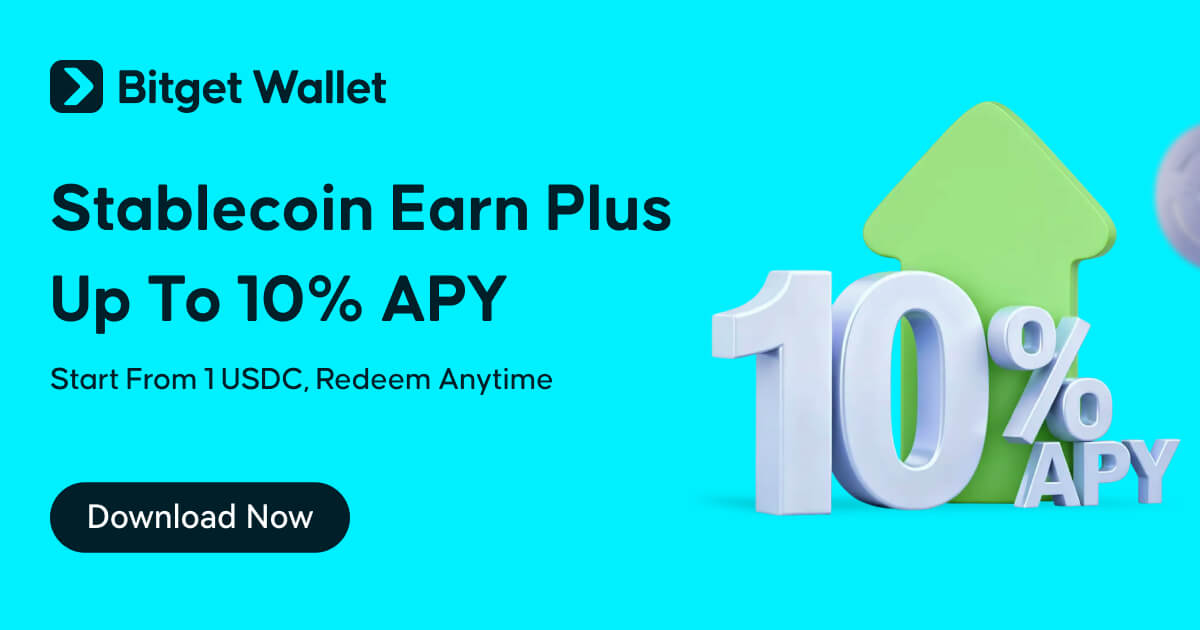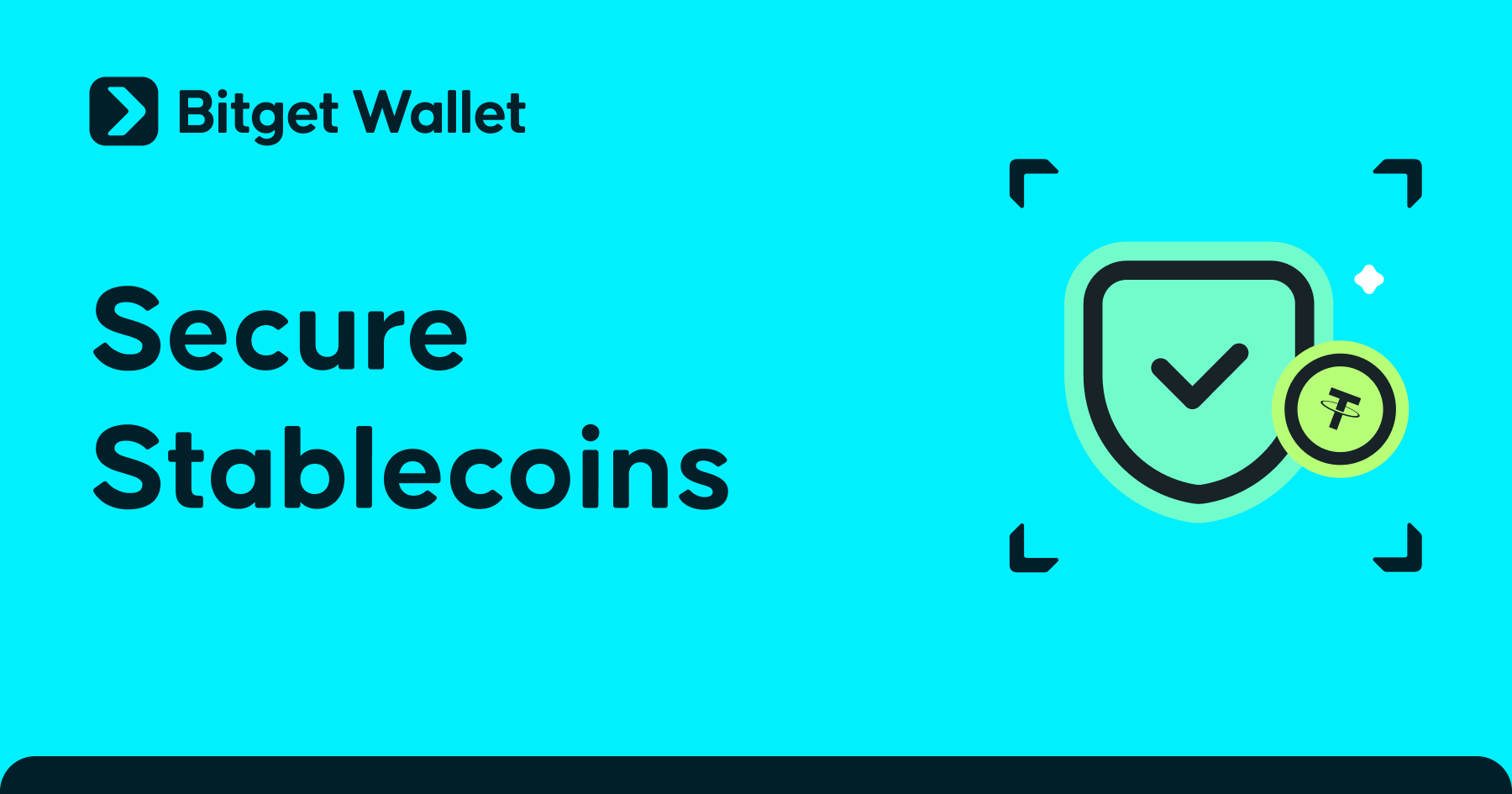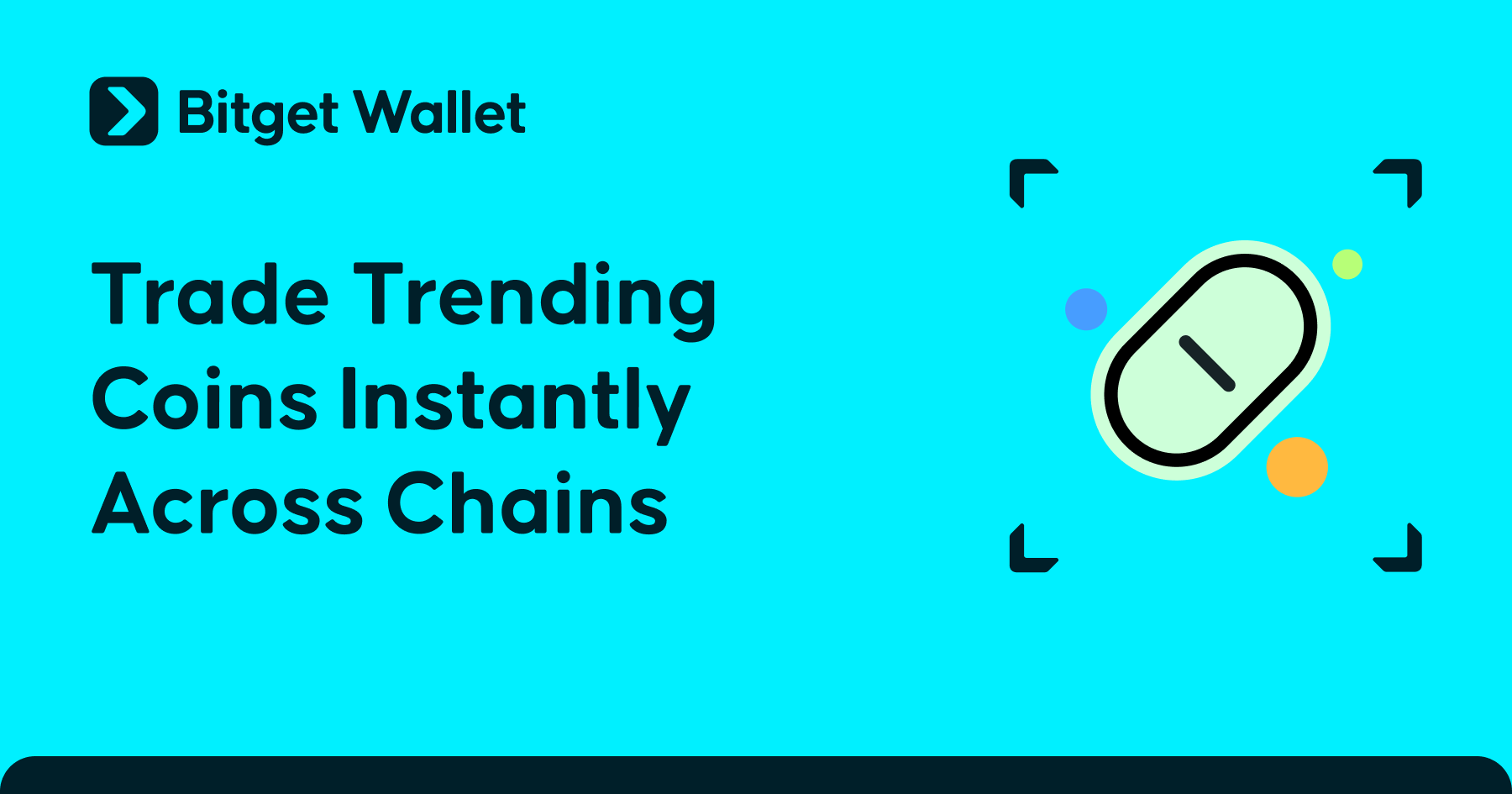Understanding Gas Fees: What They Mean for Your Transactions
2024-09-23

Gas fees are essential for blockchain transactions. Whether you're sending tokens or executing a smart contract, you need to pay gas fees to cover the computing resources used by the network. But what exactly are gas fees, and why are they so important? In this article, we'll explain gas fees, why they sometimes lead to failed transactions, and how Bitget Wallet can help you manage them easily.
What are Gas Fees?
Gas fees, also known as "miner fees," are the payments made to miners who process and confirm your transactions on the blockchain. Just like cars need gasoline to run, miners require gas fees to continue mining and securing the network. When you execute a transaction, it uses blockchain resources, so a fee is needed to compensate the miners who power these operations.
Gas fees are calculated using a simple formula:
Gas Fee = Gas Price × Gas Used
-
Gas Price (measured in Gwei): This is set by the user initiating the transaction. While it might seem tempting to set a lower gas price, miners tend to prioritize transactions with higher fees. Lower-priced transactions may take longer to confirm or might not be processed at all.
-
Gas Used: This represents the amount of computational effort needed to execute your transaction or smart contract.
Types of Tokens Used for Gas Fees
-
Mainnet Currency: Most blockchains use their native tokens for gas fees. For example, ETH is used to pay gas fees on the Ethereum network while Bitcoin transaction fees are paid in BTC.
-
Specific Tokens: Some blockchains may require specific tokens for gas fees.
-
Subnet or Layer 2 Tokens: In some Layer 2 solutions or subnets, different tokens may be used to cover gas fees. For example, certain Avalanche subnets use specific tokens instead of the main AVAX coin.
Here's a list of common Blockchain networks and their corresponding mainnet and gas fee tokens:
|
Network (Blockchain)
|
Mainnet token
|
Gas fee token
|
|
Bitcoin
|
BTC
|
BTC
|
|
Ethereum
|
ETH
|
ETH
|
|
Solana
|
SOL
|
SOL
|
|
Tron
|
TRX
|
TRX
|
|
BNB Chain
|
BNB
|
BNB
|
|
Arbitrum
|
ARB
|
ETH
|
|
Base
|
N.a.
|
ETH
|
|
Avalanche-X
|
AVAX
|
AVAX
|
|
Avalanche-C
|
AVAX
|
AVAX
|
|
Sui
|
SUI
|
SUI
|
|
Polygon
|
POL
|
POL
|
|
TON
|
TON
|
TON
|
|
Blast
|
BLAST
|
ETH
|
|
Scroll
|
SCRL
|
ETH
|
|
Optimism
|
OP
|
ETH
|
|
Mantle
|
MNT
|
ETH
|
|
Fantom
|
FTM
|
FTM
|
|
Cosmos
|
ATOM
|
ATOM
|
|
Aptos
|
APT
|
APT
|
Why Do Transactions Fail?
One of the most common issues for new users in the Web3 world is transaction failure due to insufficient gas fees. For example, if you only have USDT in your Ethereum wallet and try to swap for ETH without holding ETH for gas, the transaction will fail. This is because gas fees on Ethereum are paid in ETH, not USDT. To avoid this problem, always ensure that you have a small balance of the main token (like ETH on Ethereum) in your wallet. A good recommendation is to keep at least 0.01 ETH to cover gas fees.
Sometimes, even if you have paid gas fees, your transaction can still fail. One common reason is
network congestion. When the blockchain is busy, transactions may take longer to process. In such cases, you might need to pay a higher gas price to ensure your transaction is processed quickly. If your gas price is too low, the transaction might fail altogether. Another possible reason is an
on-chain state change, which happens when the state of the blockchain changes rapidly. For instance, if the tokens you are trying to transfer get used up in another transaction, your transaction will fail.
To reduce the risk of failed transactions, it is essential to
monitor the network’s status. If the network is congested, increasing your gas price will help ensure that your transaction is processed in a timely manner. Additionally, always
make sure that your wallet has enough of the mainnet currency to cover both the gas fees and the transaction amount.
How to Fix Insufficient Gas Fees
There are several ways to resolve the issue of insufficient gas fees. For example, if you want to swap USDT for ETH but can't complete the transaction because you don't have enough ETH to cover the gas fees, here's what you can do:
-
Transfer ETH: Move some ETH from an exchange or another wallet to your current address. You can also ask a friend to send you some ETH.
-
Use Bitget Wallet’s OTC/P2P Service: Buy gas tokens using fiat through Bitget Wallet’s Over-The-Counter (OTC) or Peer-to-Peer (P2P) channels.
-
Use Bitget Wallet’s "Gas Worry-Free" Service: This feature allows you to borrow gas fees or use your USDT to purchase the required tokens for gas.

Bitget Wallet's "Gas-Free" service
To make transactions easier, Bitget Wallet offers a "Gas-Free" service that includes two helpful features. The first feature is
Instant Gas, which allows users to borrow gas fees without needing to hold the mainnet currency upfront. The second feature is
GASU, where users can earn GASU tokens by participating in Bitget Wallet’s activities. These tokens can be used to reimburse gas fees after a transaction is completed.

The "Gas-Free" service currently supports multiple blockchains, including Ethereum, Tron, BNB Chain, Polygon, Base, and Arbitrum, with more networks to be added soon.
Furthermore, to support users in exploring the TON ecosystem, Bitget Wallet is currently offering a
0 gas fee subsidy for TON transactions until December 31, 2024. Users can enjoy gas-free transfers, swaps, and interactions with DApps on the TON chain. Subsidized TON tokens will be credited to the user’s reward account and users can check their credited TON tokens by going to Earning Center > Reward Account.
Conclusion
Gas fees are a key part of blockchain transactions, and understanding how they work can help you avoid transaction failures and make smoother trades. With Bitget Wallet's "Gas-Free" feature and TON Chain’s gas subsidy, you can easily manage your gas fees and enjoy a hassle-free transaction experience. For more information or support, don’t hesitate to reach out to our team on Bitget Wallet’s official channels.
About Bitget Wallet
Bitget Wallet stands as one of the world's leading non-custodial Web3 wallets and decentralized ecosystem platform. With the Bitget Onchain Layer, the wallet is well-poised to develop a burgeoning DeFi ecosystem through co-creation and strategic incubation. Aside from a powerful Swap function, Bitget Wallet also offers multi-chain asset management, smart money insights, a native Launchpad, Inscriptions Center, and an Earning Center. Supporting over 100 major blockchains, 500,000+ tokens, and a wide array of DApps, Bitget Wallet is your top wallet for asset discovery and Web3 exploration.
For more information, visit: Website | Twitter | Telegram | Discord | TGBot
Recommended
- What Is Crypto Fear and Greed Index: How Traders Read Fear vs Greed Signals2025-11-19 | 5 mins
- How to Pay with Crypto: Fast, Safe, and Beginner-Friendly Method2025-11-18 | 5 mins
- How to Convert Your Crypto to Cash: 5 Easy Ways for Beginners2025-11-18 | 5 mins

















